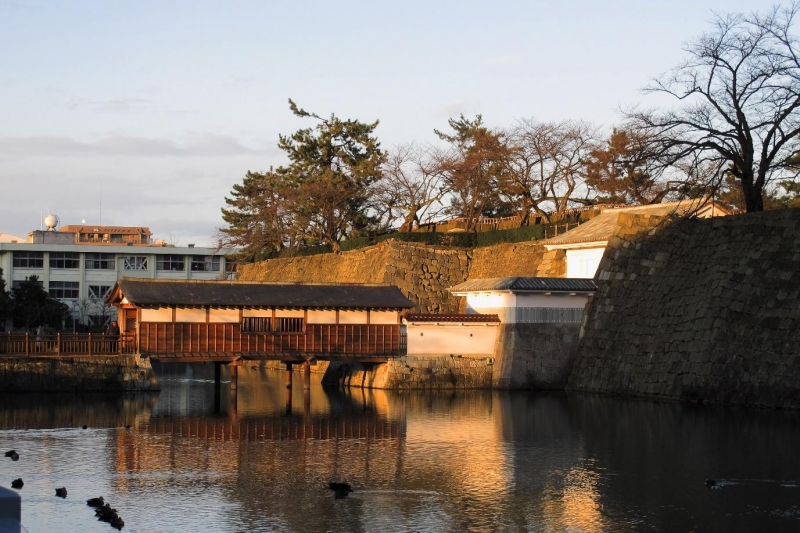
Image credit: Mike Yoshihito
Scenic views, age-old cultural sites and traditions, great local specialities – Fukui Prefecture is certainly no less attractive than any other part of Japan. But head over to the region and you’ll soon see what sets this prefecture apart from the rest – prehistoric giants!
If you’re new to this part of Japan, here’s a list of places and things to see and do, so that you’ll be acquainted with one of Japan’s lesser-populated prefectures.
Places to visit
Fukui Prefectural Dinosaur Museum
Being Japan’s major source of prehistoric fossils, Fukui can be considered Japan’s Dinosaur Capital, and the prefecture’s not afraid to show it too, with statues of the now-extinct creatures greeting you just outside of Fukui Station, and pictures of them plastered on just about anything you can see.
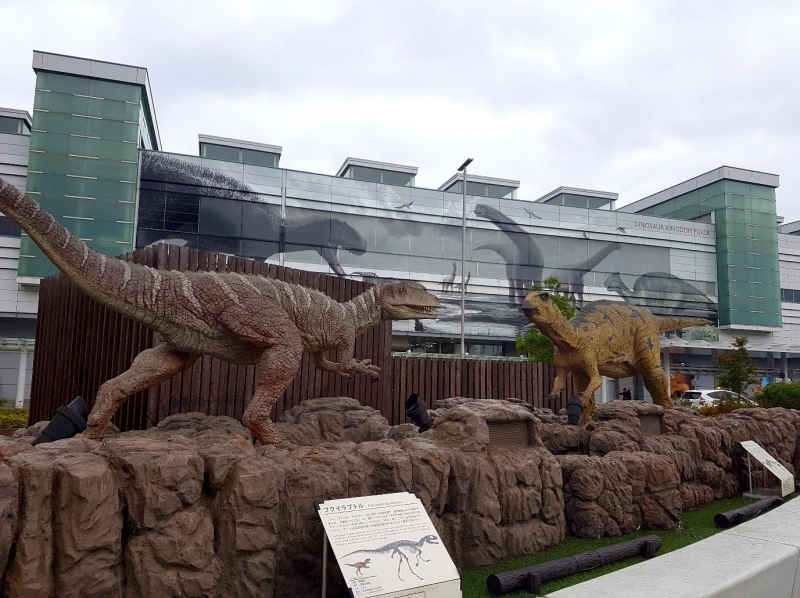
Image credit: RachelH_
The Fukui Prefectural Dinosaur Museum in Katsuyama is where all the dinosaur action culminates, with several dioramas and 42 whole skeletal specimens up for display complete with information about them. Located just a short distance away from Japan’s largest excavation site, there’s no better place to learn about the giant reptiles in Japan than the best dinosaur museum in the world – the largest one in Japan.
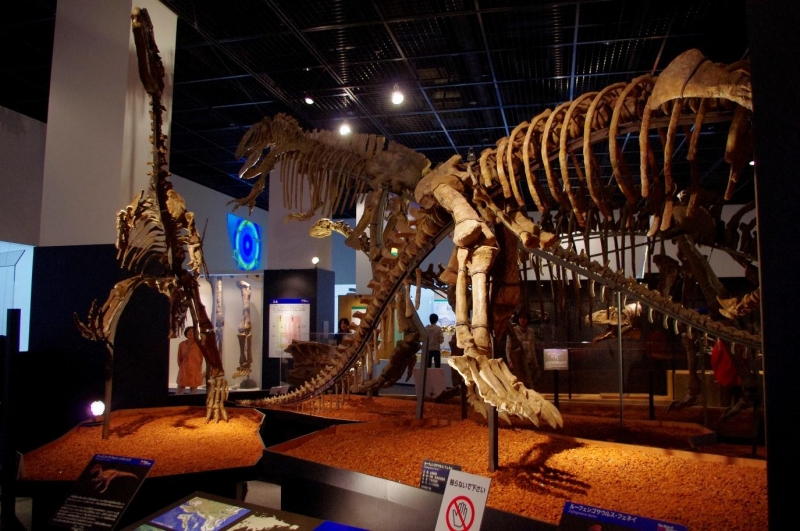
Image credit: Emran Kassim
Look out for the Fukuiraptor and the Fukuisaurus, two dinosaurs whose namesakes come from the prefecture itself, and try your hands at excavating fossils alongside researchers!
Rock Formations
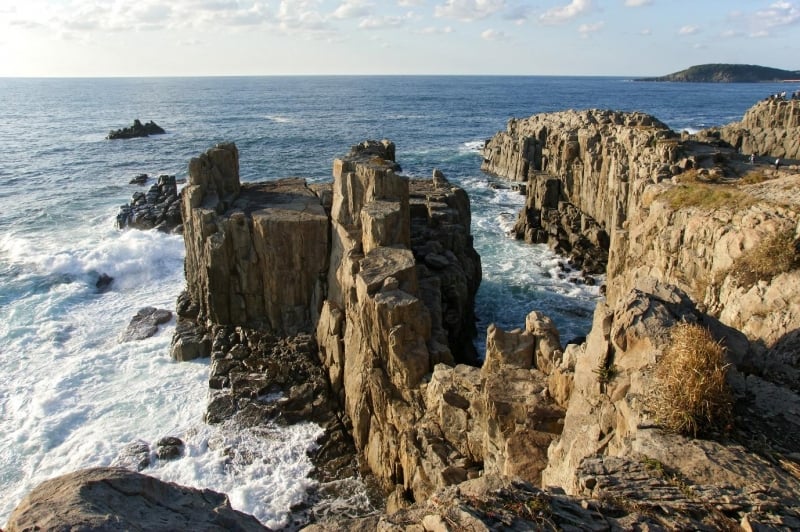
Image credit: 663highland
Facing the Sea of Japan, Fukui has plenty of natural rock formations to marvel at. Tojinbo is a one-kilometre stretch of 30-metre tall cliffs that have intriguing shapes after years of exposure to the elements. While a visit during the day will guarantee scenic views, head here at dawn or dusk to grab some spectacular shots.
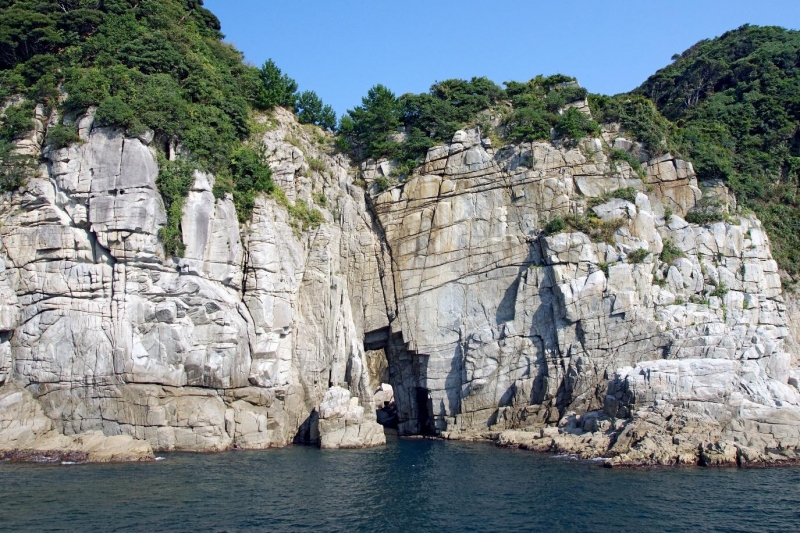
Image credit: 663highland
If you’re driving, Cape Echizen or Echizen Beach is another location along the coast that offers beautiful scenery of the sea alongside lush greenery. Take a boat cruise through the waters at the Sotomo Caves in Obama Town, a designated national site of scenic beauty where two rock arches, eroded over time, have become wide enough for boats to pass through.
Rivers, Lakes and Beaches
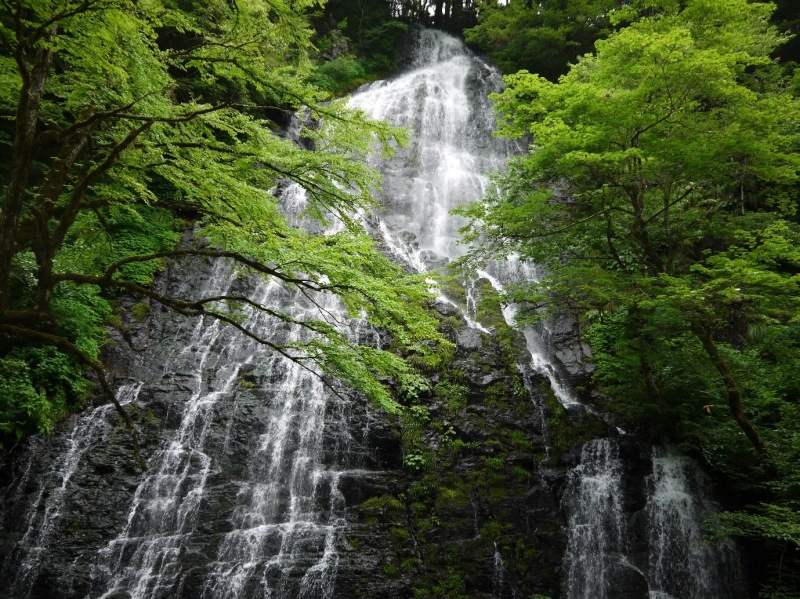
Image credit: 紫煙
Fukui is also home to many beautiful waterfalls. The Ryusougataki Waterfall is the only one in the region that has been dubbed as one of Japan’s top 100 waterfalls, with water cascading down mossy rocks from a height of 60 metres. While not as tall, the 12-metre Ichijodaki Waterfall is not only a site of natural beauty, but it’s also a historical significance, as it is where famed swordsman Sasaki Kojiro developed his swordplay technique. You should also visit the Uriwari no taki Waterfall, surrounded by a wide variety of flora for different views each season, and touting some of Japan’s best drinking water.
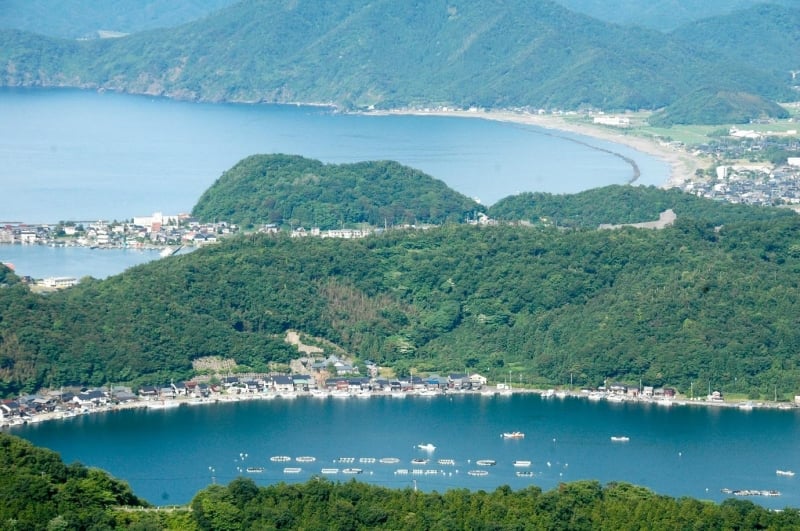
Image credit: cotaro70s
The Mikata-goko (which consists of Mikatako, Suigetsuko, Sugako, Kugushiko and Hirugako) is a cluster of five small lakes near Tsuruga City and Wakasa Bay that offers gorgeous views from various vantage points. As each lake contains varying levels of salt, the types of water also vary in each lake (such as freshwater, seawater and brackish water) – their contrasting shades making for an interesting sight.
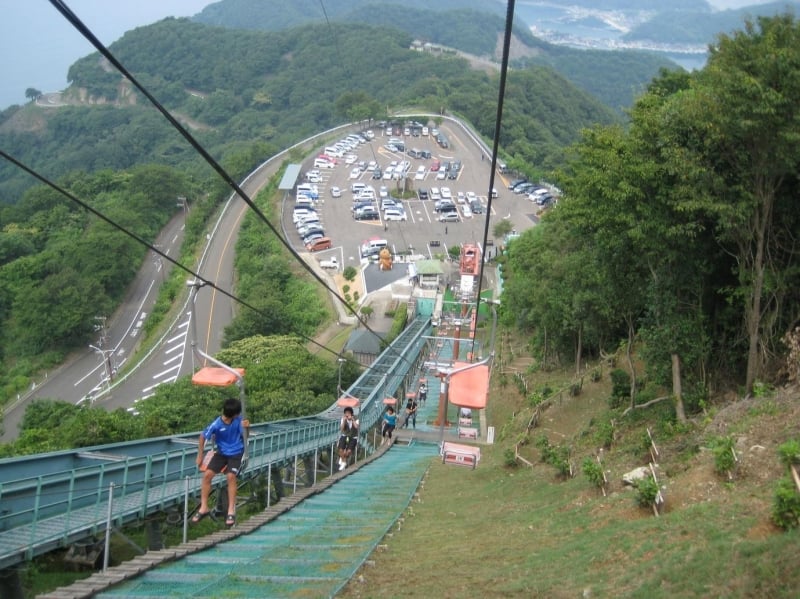
Image credit: Facial expression
Vantage points include the Rainbow Line, an 11.2km driving route, and the Baijyodake Summit Park, which features a spectacular view of Mikatako and Wakasa Bay that can be accessed via chair lift, cable car or by walking. At the top, you can find 1 of Japan’s 140 Lovers’ Sanctuaries, and the Gong of Friendship whose gongs are said to bring you happiness and blessings. Another popular activity is Karawakenage, which involves the throwing of small karawake dishes towards the lakes for wishes on them to come true.
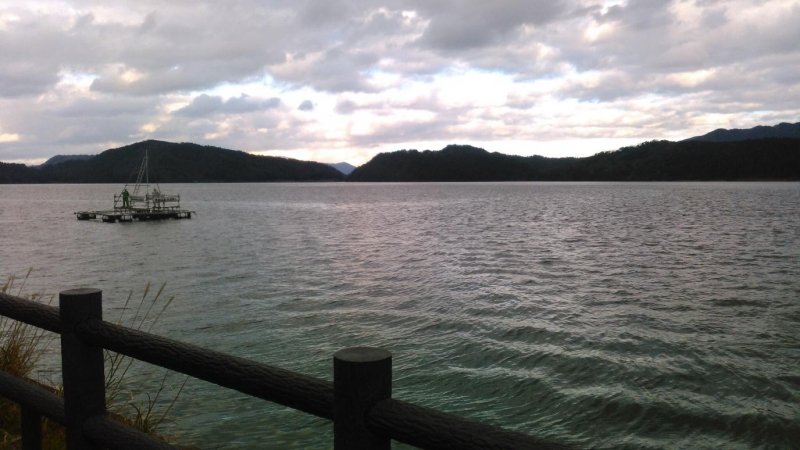
Image credit: Kerakon
Get up close and personal with the lakes by setting off on a boat tour across them, from which you can view the myriad of aquatic wildlife that is attracted to the unique blend of salt and freshwater, as well as the colours of the surrounding flora that shift with the seasons.
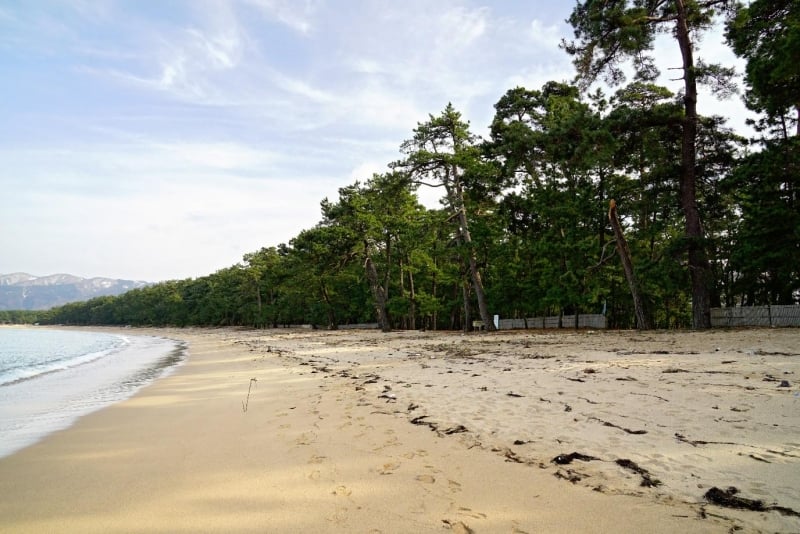
Image credit: 663highland
If sandy coasts are more of your thing, Keihei no matsubara is a sunny beach that is home to several Japanese red and black pines that grow across 400,000 square metres of seashore. A nationally-designated site of scenic beauty, summer sees many visitors during the swimming season, and on 16 August each year, the Floating Lanterns and Fireworks Show is an event that shouldn’t be missed.
Cultural and Historic Sites
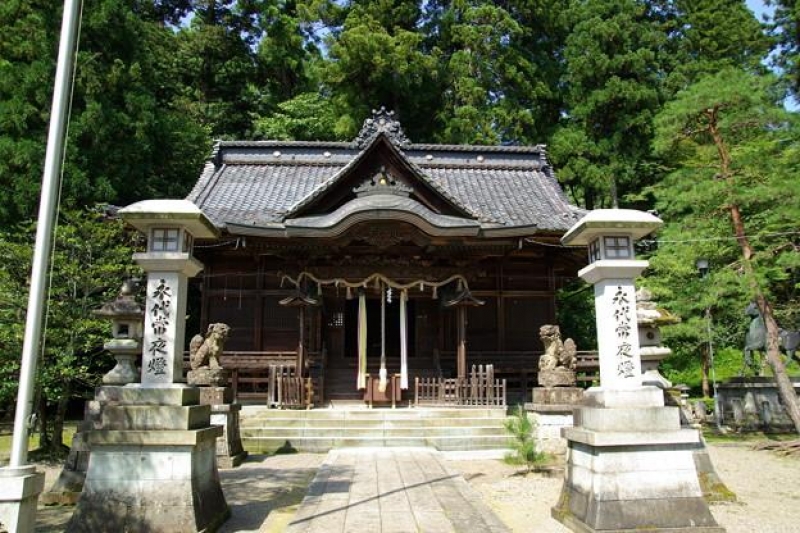
Image credit: 吹田住人@名古屋
If you are a fan of washi, or Japanese paper, Echizen Washi Village should be in your itinerary. The village is home to Okamoto-jinja, the only shrine in Japan that worships Kawakami Gozen the goddess of paper, a beautiful princess who was said to have taught the local people the art of papermaking about 1,500 years ago. The temple features tranquil nature-filled grounds, which are great to get yourself lost in. You can also learn more about washi in the village and even try your hand at making it – Japan is still a major producer of it today.
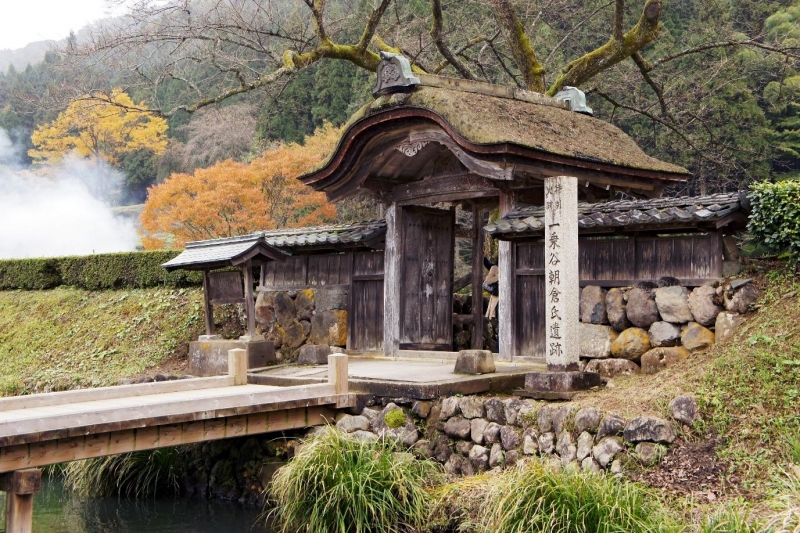
Image credit: 663highland
The Ichijodani Asakura family Historic Ruins gives a special glimpse into what castle-town life was like during the Sengoku (Warring States) Period, when the Asakura Clan ruled the then Echizen Province for 103 years. As one of the six sites in Japan designated as a historic spot, a place of scenic beauty, and an important cultural property, a visit to the ruins makes for not only a great history lesson, but also a refreshing leisure stroll. Visit the town gate, several difference residences and the four historic gardens amidst lush greenery and mountains in the distance.
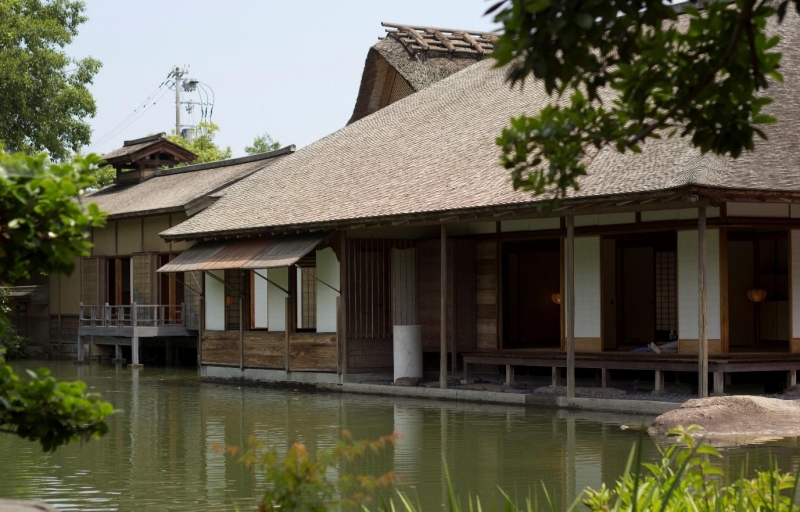
Image credit: Japanexperterna.se
Another place of scenic beauty is the Yokokan Garden that dates back to the Edo period. With ever-changing views that can be seen from the tatami style rooms of the house, the garden ranks highly in the Journal of Japanese Gardening and is worth a visit. With a combined ticket, you can also visit the Fukui City History Museum, where you’ll be able to learn about the city’s history – how it was as an important castle town, the destruction it faced from World War 2 and an earthquake in 1948, among other things.
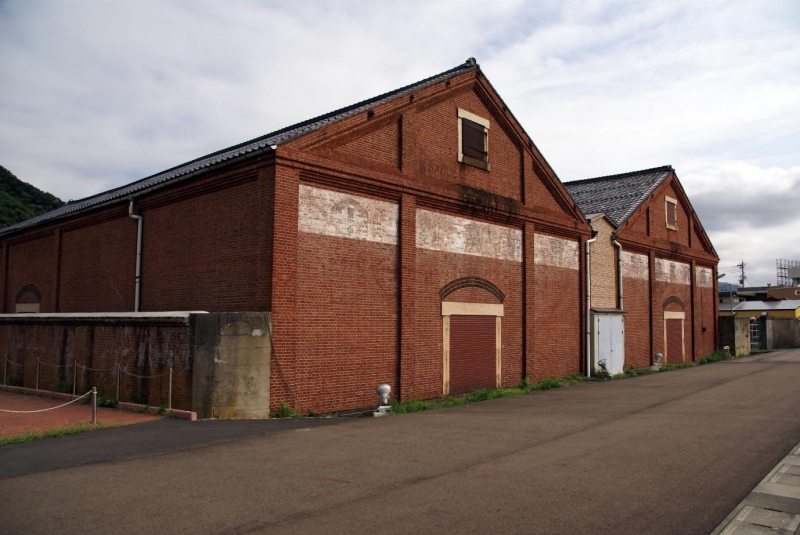
Image credit: 663highland
Reminiscent of the Red Brick Warehouse in Hakodate, Hokkaido, the Tsuraga Red Brick Warehouse was designed by a foreign engineer in 1902 to function as an oil storehouse. Today, it remains as a reminder of Tsuraga’s past – a prosperous port town in the Meiji and Showa era, a sightseeing spot in 2015 – with dioramas that take you through the town’s old days, present and future. Head over for a meal at the restaurants in the warehouses if you’re feeling peckish.
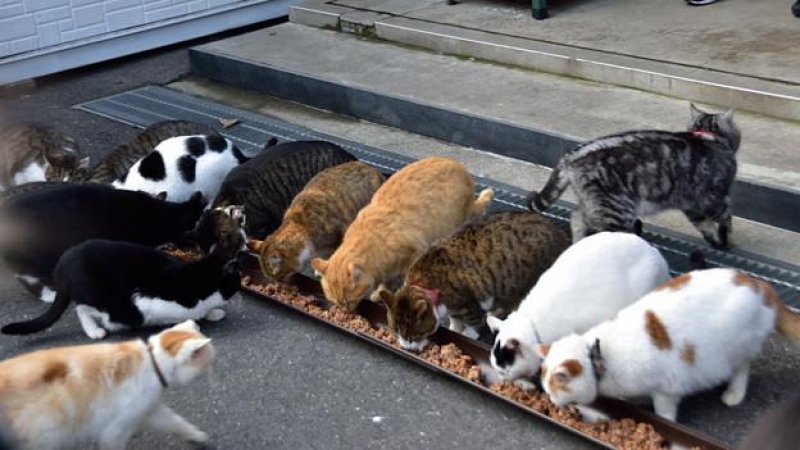
Image credit: ぷるごろう
If you’re crazy about cats, Gotanjoji is a place you wouldn’t want to miss. Dubbed Japan’s Cat Temple, this relatively new temple gradually became a safe haven for cats after the head priest decided to foster felines that were abandoned on the temple grounds. There were even 80 cats that called the temple home at one point in time! As feeding the cats has become part of the routine for trainee monks, the best time to head to the temple is during the cats’ meal times as several of them crowd around the feeding bowls.
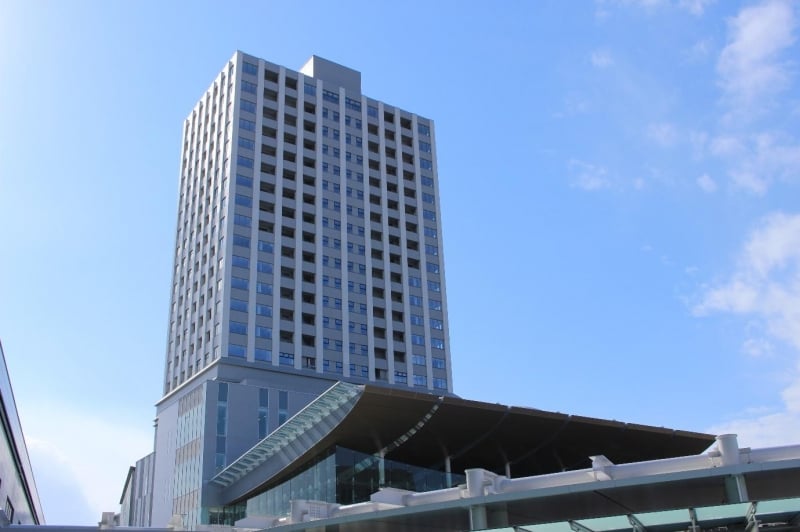
Image credit: Jjp 233
While it isn’t the largest mall around, Happiring is a shopping mall that, besides the usual plethora of retail and meal options, also has shops where you can purchase local products, specialties and souvenirs. There is also a planetarium to explore at the top level. With its proximity to Fukui Station, this is probably the place to start or end your Fukui excursion.
Things to do
Fukui Prefecture is a treasure trove of traditional crafts, many of which you can experience first-hand. Here are some of the intriguing activities you can look out for!
Washi (Japanese Paper) making
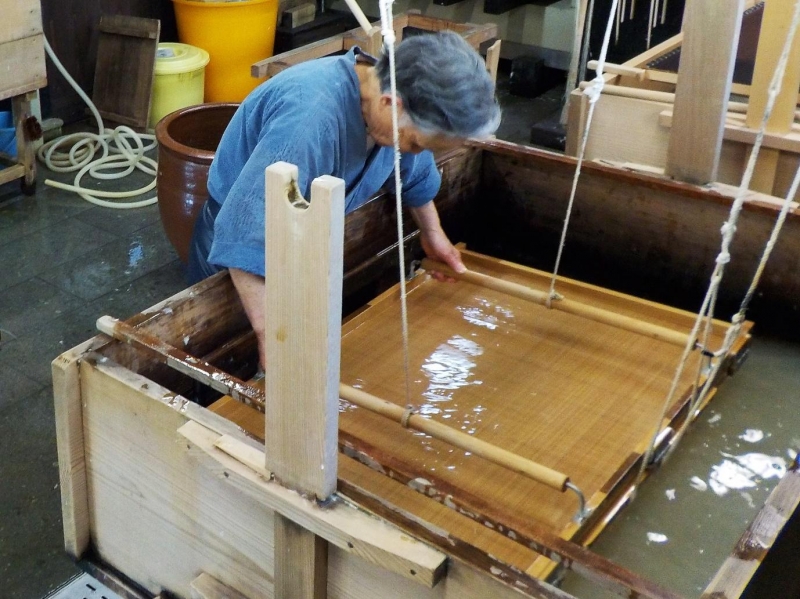
Image credit: TR15336300101
The Echizen Paper Village still continues its tradition of papermaking, making it a good place to learn about and try the age-old process of creating washi. Some places you can look at are the Udatsu Paper and Craft Museum and Papyrus House.
Knife making
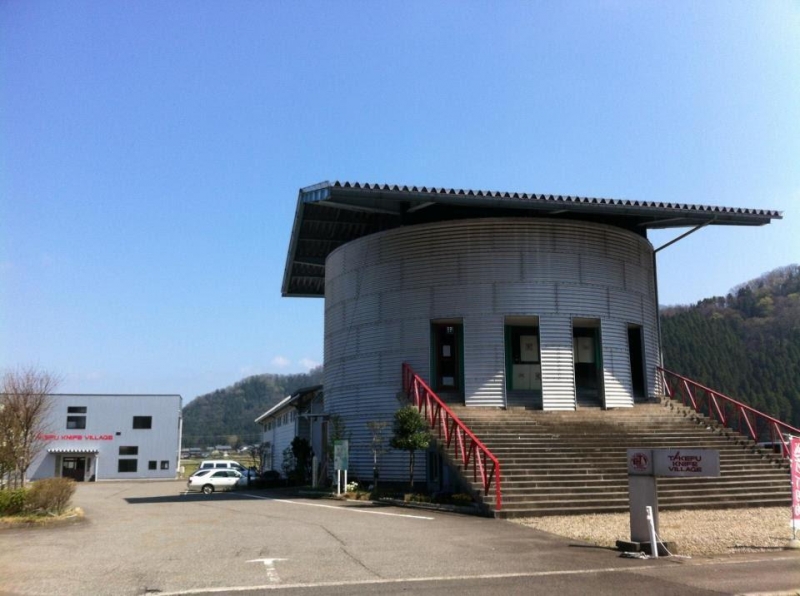
Image credit: 池田 拓視
Moving from paper to knives, Takefu Knife Village carries on a 700-year tradition of making uchi-hamono (or striking-edge) tools such as cooking knives and sickles. It all began when a master swordsmith came to the area in 1337 looking for water suitable for swordsmithing. With its long history and constantly-developing technique, Echizen blade-making was defined to be a traditional craft – a first for its industry. Besides watching craftsman at work, you can also try your hand at making a blade, which you can take home with you as a souvenir!
Eyewear making
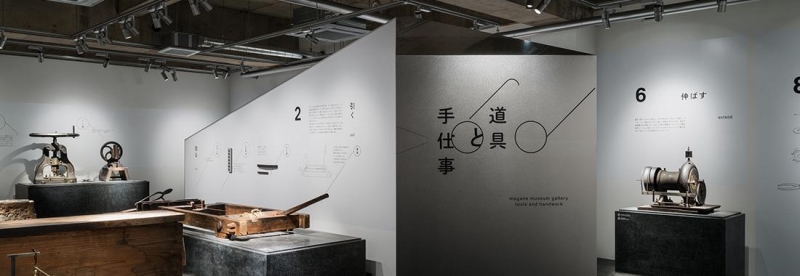
Image credit: Megane Museum
Fukui Prefecture is the biggest producer of eyewear in Japan, and the Magane Museum (Eyewear Museum) in Sabae is a place dedicated to this product. Learn about the history of spectacle making here, and take part in the workshop to make your own set of frames.
Bamboo Doll making
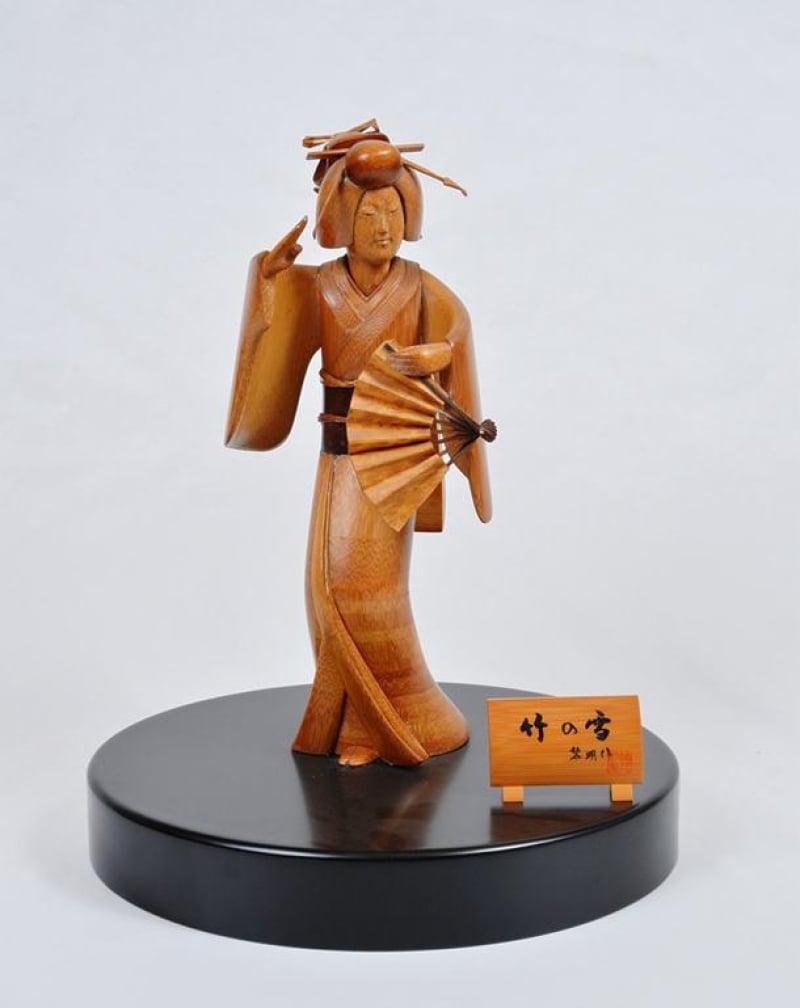
Image credit: Echizentakeningyonosato
If you love dolls or handmade crafts, head to the Echizen Bamboo Doll Village where you’ll be able to see bamboo craftsmen at work, creating figures, monuments and several creative applications of the material beyond household items. One you’re inspired, take part in a workshop to make your own bamboo doll.
Food to eat
Echizen Oroshi Soba
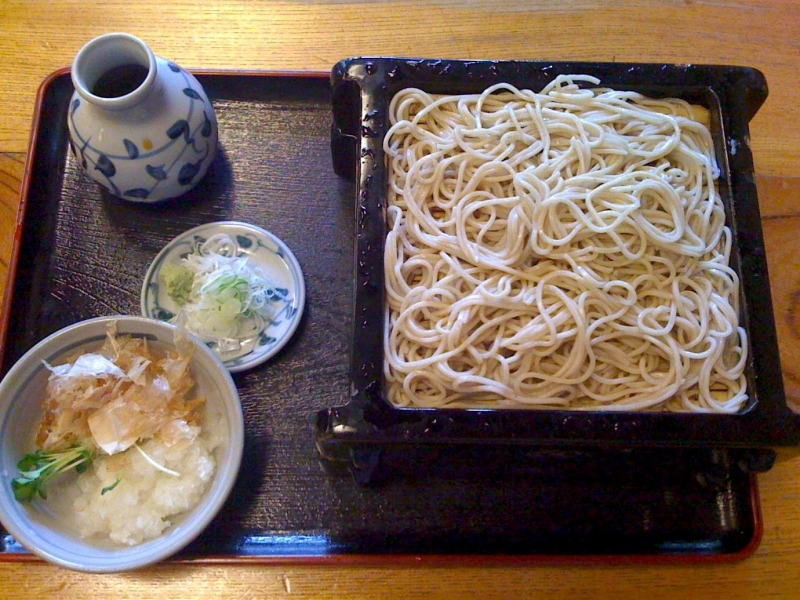
Image credit: Yasuyuki HIRATA
A dish indigenous to the prefecture, Echizen Oroshi Soba can most notably be recognised the grated daikon and katsuobushi (dried bonito shavings) toppings. The buckwheat used to create the noodles are grown within the region itself, so you can be assured of freshness and quality with this meal.
Echizen Seafood
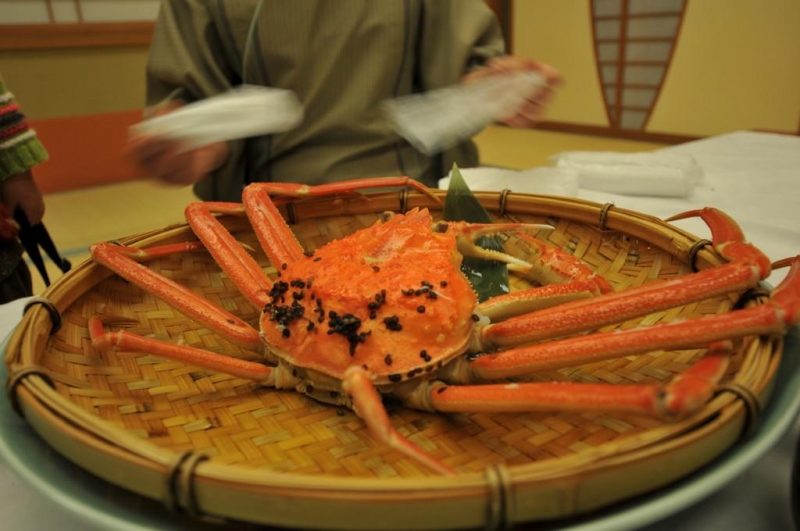
Image credit: PYONKO OMEYAMA
Located next to the sea, Fukui is a great place for fresh succulent seafood – its crabs are the stars of the show. Dubbed as the King of Crabs, in both appearance and taste, Echizen snow crabs have firm flesh, a strong flavour, and is presented to the imperial family every year. Other seafood to try are deep-water shrimp, rock oysters, collagen-rich genge, and if you’re feeling adventurous, the Wakasa blowfish.
Sauce Katsu Don
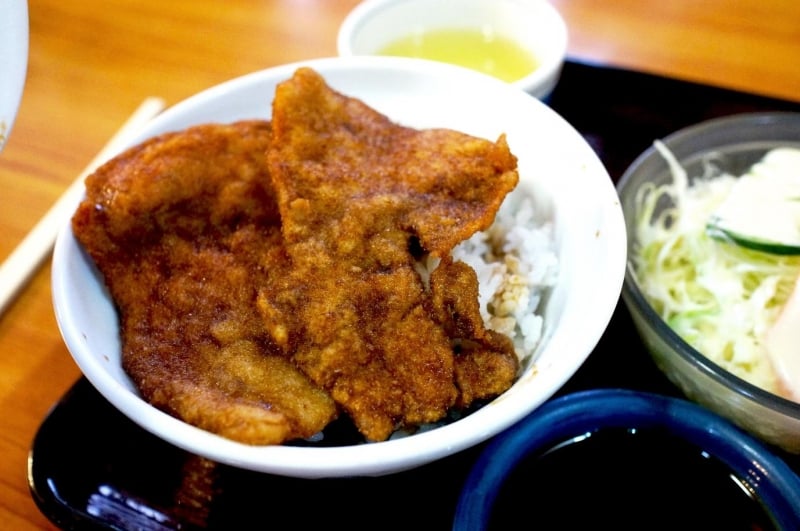
Image credit: Richard, enjoy my life!
Another speciality of Fukui, sauce katsudon consists of rice served with pork cutlet served with Worcestershire gravy. The inventor of the dish, Fukui-born Masutaro Takabatake, had gone to Berlin to learn about western cuisine, and upon returning, he set up the first Yoroppa-ken (or Europe-ken) in Tokyo in 1913. Takabatake-san then returned to his hometown after the 1923 Great Kanto Earthquake. Today, you’ll be able to savour the original taste of this well-loved dish at over 19 branches across the prefecture.




